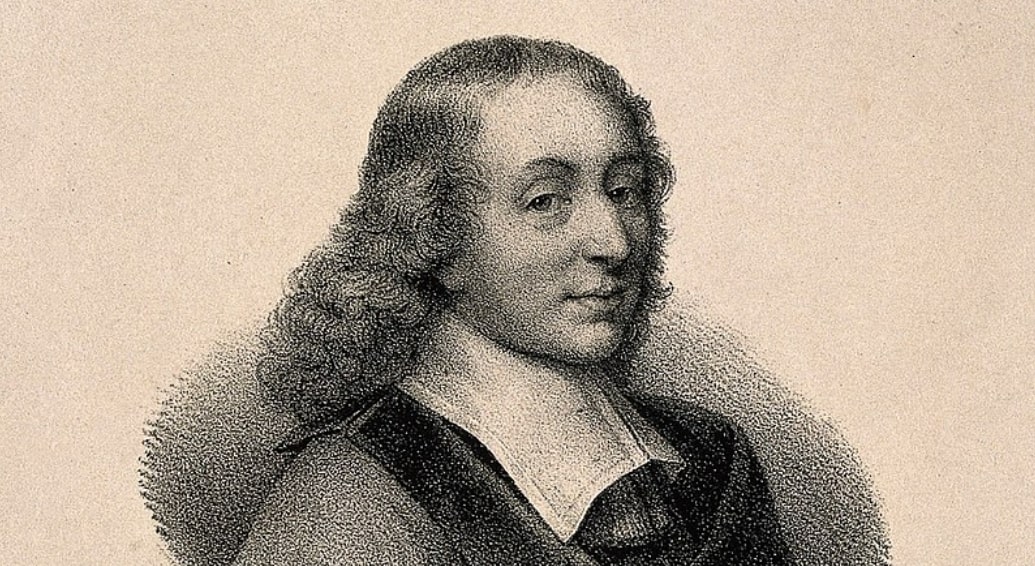
The role of gambling in the life of Blaise Pascal
The renowned 17th century French scientist Blaise Pascal loved mathematics and physics and was also partial to literature and philosophy. One day, a game of chance caught his attention. With their help he was able to develop many scientific ideas and solve non-standard questions.
The importance of gambling in mathematical analysis
Like the philosopher Aristotle, the mathematician developed a passion for dice and started to calculate different regularities. Hard work brought curious results: Pascal managed to calculate the number of rolls of the dice (referring to the simultaneous use of two dice pieces) that made the probability of winning higher than losing.
Dice, heads and tails and other games of chance had been studied using mathematical analysis before, but the solutions of the French mathematician became fundamental in the research of regularities in random events. These studies are now attributed to probability theory, the seeds of which were sown by Aristotle when he spoke of “the science of the possible”.
At the same time as and independently of Pierre Fermat, Pascal solved a different mathematical puzzle, which had earlier been worked on by the Italian Luca Pacioli. The question concerned the distribution of bets in the event of an interruption of a series of games. Both Pascal and Fermat sought answers to their questions themselves, but there was correspondence between them. These great minds formulated and described the concept of mathematical expectation and the theorems of multiplication and addition of probabilities. Calculating the probability of winning a game of roulette without these indicators loses a significant amount of accuracy.
The Proceedings of the Mathematics of Chance as well as the Treatise on the Arithmetic Triangle describe some of the issues that may arise in the process of gambling. The French scientist returned to the tandem of gambling and mathematical analysis in his later years and calculated the possibility of winning with 36 numbers. This is also one of the fundamentals for the future of roulette.

A device for generating numbers
The probability of winning for numbers from 1 to 36 may have been considered using bingo as an example. However, according to legend, Pascal also had the idea for the main attribute of roulette. A wooden wheel divided into 36 segments is placed horizontally and rotates on a pre-determined central axis. The scientist had many ideas and plans; the creation of a new gambling game was hardly his goal in itself. Such a device makes it convenient to study the nuances of random number generation. After a brief spin, the wheel would stop without any additional effort.
Later, Blaise Pascal had much contact with the court nobility, and the wheel, unnecessary after his research, became an object of amusement for the socialites. The game was augmented by a small ball which rolled between the sectors to the opposite side from the rotation of the flat round base. This may have been how the legendary French roulette and the fun of guessing the number of a naughty ball.
Use of roulette in monasteries
While it’s impossible to pinpoint the motives behind the various devices, there are suggestions that Pascal took up roulette in the mid-17th century not by accident but deliberately. The mathematician wanted to make an interesting entertainment for reclusive monks. The idea is a bit strange, but there is evidence that Blaise spent the last years of his life within the walls of a monastery. Perhaps he sought to invent something for himself as well, so that boredom would not fill his time. The mathematician managed to leave a bright mark on gambling and dramatically influence its development.
